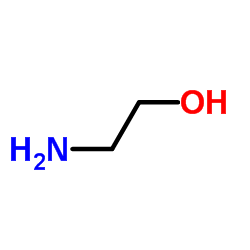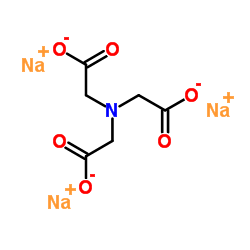| Structure | Name/CAS No. | Articles |
|---|---|---|
 |
2-Aminoethanol
CAS:141-43-5 |
|
 |
L-cysteine
CAS:52-90-4 |
|
 |
SODIUM NITRILOTRIACETATE
CAS:5064-31-3 |
|
 |
Disodium nitrilotriacetate
CAS:15467-20-6 |
|
 |
2-Mercaptoethanesulfonic acid
CAS:3375-50-6 |